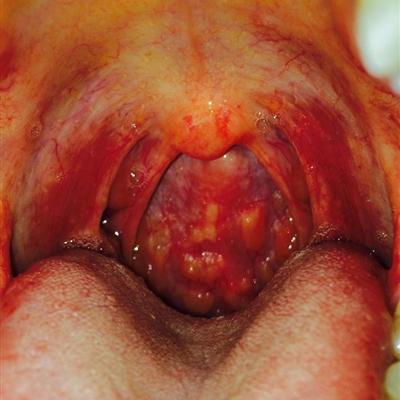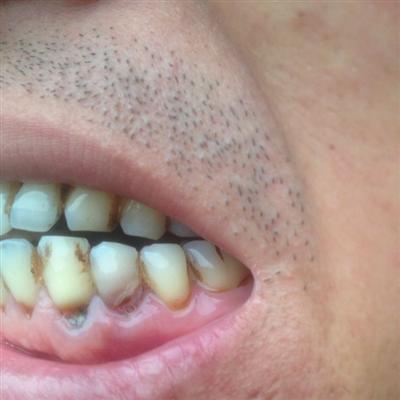Can plasma exchange be reimbursed?
summary
Can plasma exchange be reimbursed? Plasma exchange is a kind of blood purification therapy used to remove macromolecular substances in the blood. It has been widely used in primary and secondary kidney diseases, connective tissue diseases and other disciplines. The basic process is to extract the blood from the patient through the blood pump, separate the plasma and cell components through the plasma separator, remove the pathogenic plasma or selectively remove some pathogenic factors in the plasma, and then remove the cell components, cell components and cell components After purification, the plasma and the replacement fluid needed to be supplemented were infused back into the body.
Can plasma exchange be reimbursed?
Plasmapheresis includes single plasmapheresis and double plasmapheresis. Single plasma exchange is to separate and discard the plasma with high concentration of pathogenic factors by centrifugation or membrane separation technology, and supplement the same volume of fresh frozen plasma or fresh frozen plasma with a small amount of albumin solution. Double plasmapheresis is to make the plasma separated by plasma separator pass through the plasma component separator with smaller pore diameter, discard the pathogenic factors in the plasma, such as immunoglobulin, immune complex, lipoprotein, etc., whose relative molecular weight is much larger than albumin, and then transport the plasma components containing a large amount of albumin back to the body, It can control the removal range of plasma protein by using plasma component separators with different pore sizes.
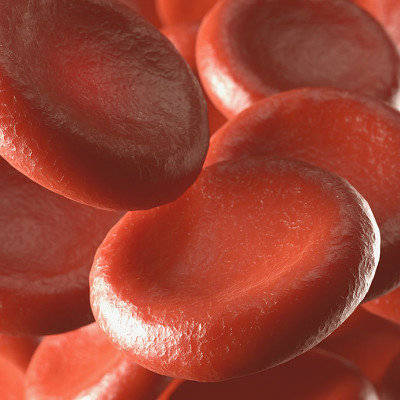
DFPP can rapidly remove the immune complex, antibody, antigen and other pathogenic factors in patients' plasma, regulate the immune system, remove blocking antibodies, restore cellular immune function and phagocytic function of reticuloendothelial cells, and relieve the disease. Double filtration plasmapheresis (dfpe) is a selective plasmapheresis therapy, which can treat diseases by secondary separation of pathogenic plasma after primary separation. According to different diseases treated, different secondary membrane separators are selected for separation, and then the plasma after discarding pathogenic factors and blood tangible components are transported back to the body, so as to achieve the purpose of treating diseases. DFPP is a new technology developed in membrane plasma separation. Compared with membrane plasmapheresis, this technique has the advantages of high safety, wide range of application, less loss of nutrients, less use of plasma and so on. At present, it has become an important treatment method in many clinical disciplines.
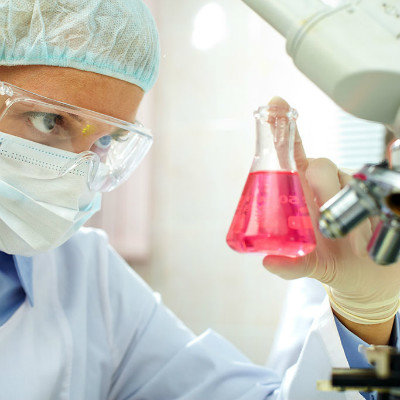
Including autoimmune diseases (commonly known as rheumatic diseases): systemic lupus erythematosus, polyarteritis nodosa, dermatomyositis, rheumatoid arthritis, etc; Blood system diseases: autoimmune hemolytic anemia, hemolytic uremic syndrome, hyperlipidemia, etc; Primary macroglobulinemia, multiple myeloma, thrombotic thrombocytopenic purpura, severe hepatitis and hyperbilirubinemia; High viscosity syndrome; Poisoning (protein binding virus): including exogenous drug poisoning (anesthetics, pesticides, digitalis) and endogenous poisoning (hyperbilirubinemia, metabolic acidosis, sepsis); Familial hypercholesterolemia, atherosclerosis, coronary heart disease, hereditary dyslipidemia; Guillain Barre syndrome; Other diseases: multiple sclerosis, polymyositis, myasthenia gravis and so on.
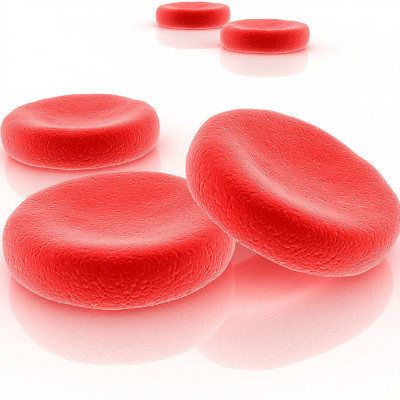
matters needing attention
The common legitimate rights and interests of workers are marriage leave, maternity leave and so on, but these rights and interests can not be protected in life. In order to effectively protect the legitimate rights and interests of workers, China has specially formulated the corresponding labor security system. Those who violate the labor security system will be punished according to law.


